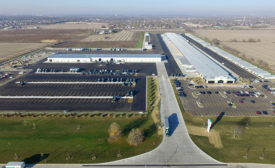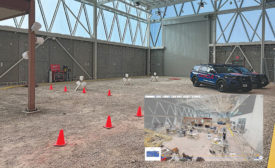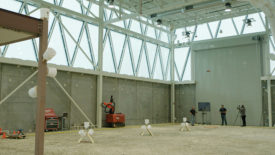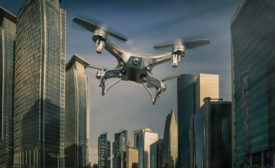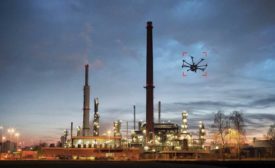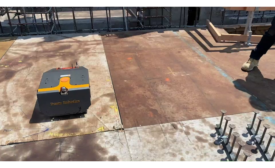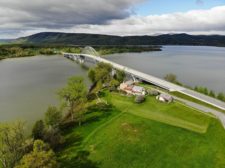Home » Keywords: » drone
Items Tagged with 'drone'
ARTICLES
Sponsored Content
How top contractors are using site cameras and drone photography to bring in new clients.
Read More
Jobsite Experiment Asks: How Best to Capture Reality?
LiDAR, 360° videos, point clouds, along with piloted and autonomous drone flights were all put to the test in a first-of-its-kind experiment
Read More
UAV Technology
New York City Dept. of Buildings Explores Drones for Facade Inspections
New report sees potential in technology, calls for further study
Read More
Wind Turbine Inspection Drone Startups Gain Ground in UK
Two firms take different approaches to automating a laborious process
Read More
FutureTech 2021
Infrastructure Site Surveying Gets a Boost From Artificial Intelligence
A.I. algorithms allow better understanding of the subsurface and optimized excavation
Read More
FutureTech 2020 Day Four: Looking Forward to Better Automation
As construction retools in the pandemic, digitization continues in supply-chain management and on jobsites
Read More
The latest news and information
#1 Source for Construction News, Data, Rankings, Analysis, and Commentary
JOIN ENR UNLIMITEDCopyright ©2024. All Rights Reserved BNP Media.
Design, CMS, Hosting & Web Development :: ePublishing
